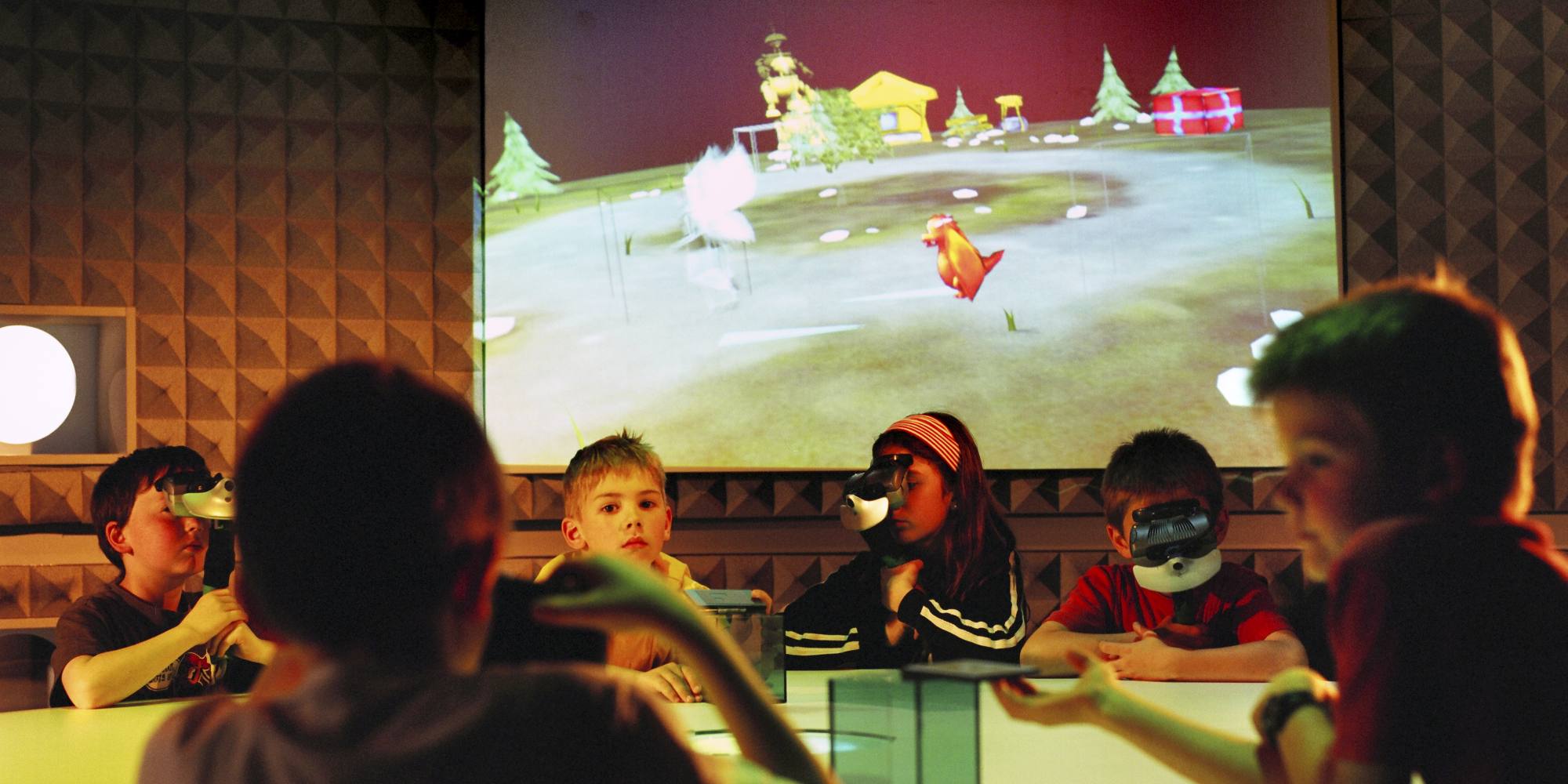
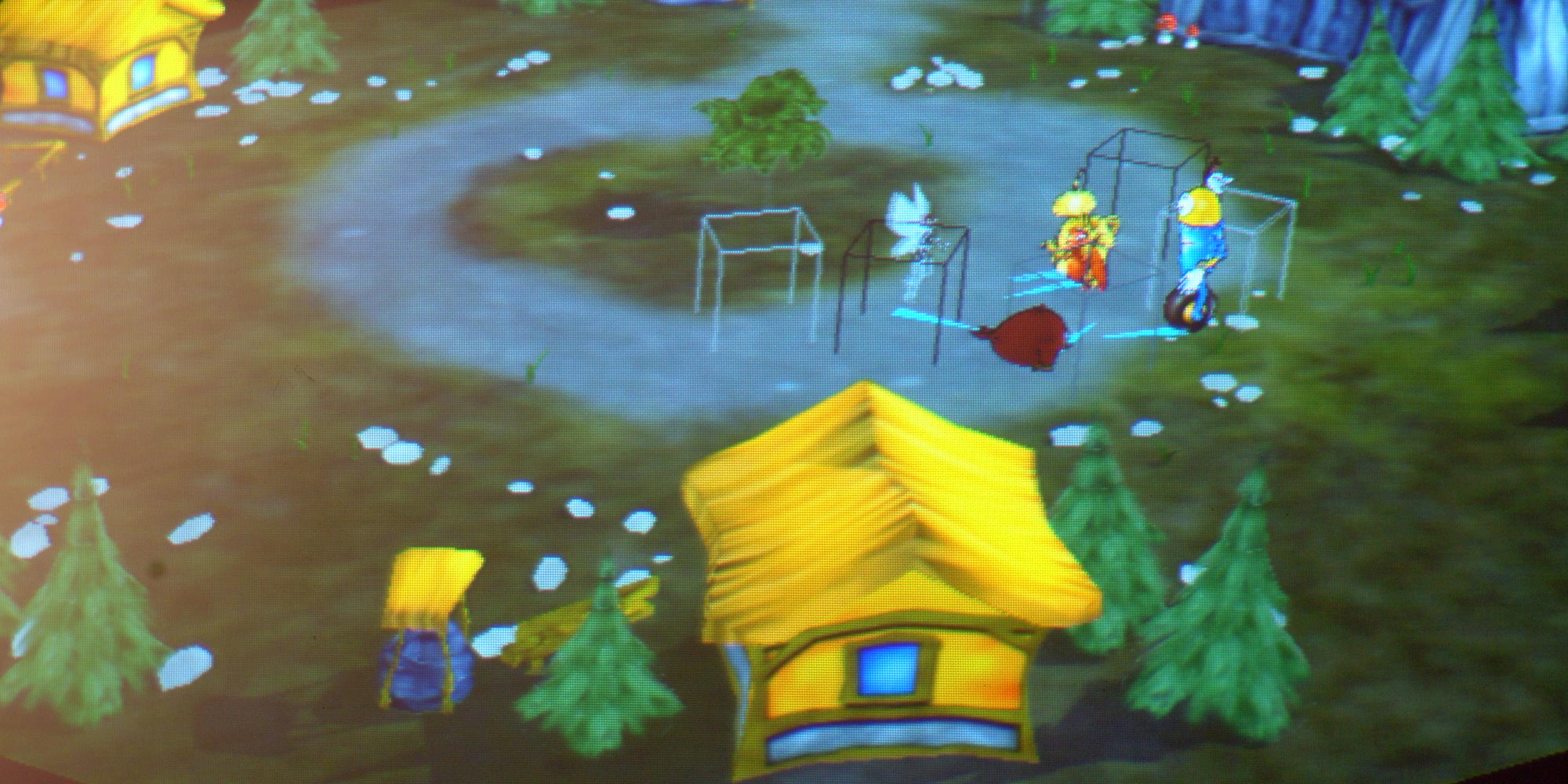
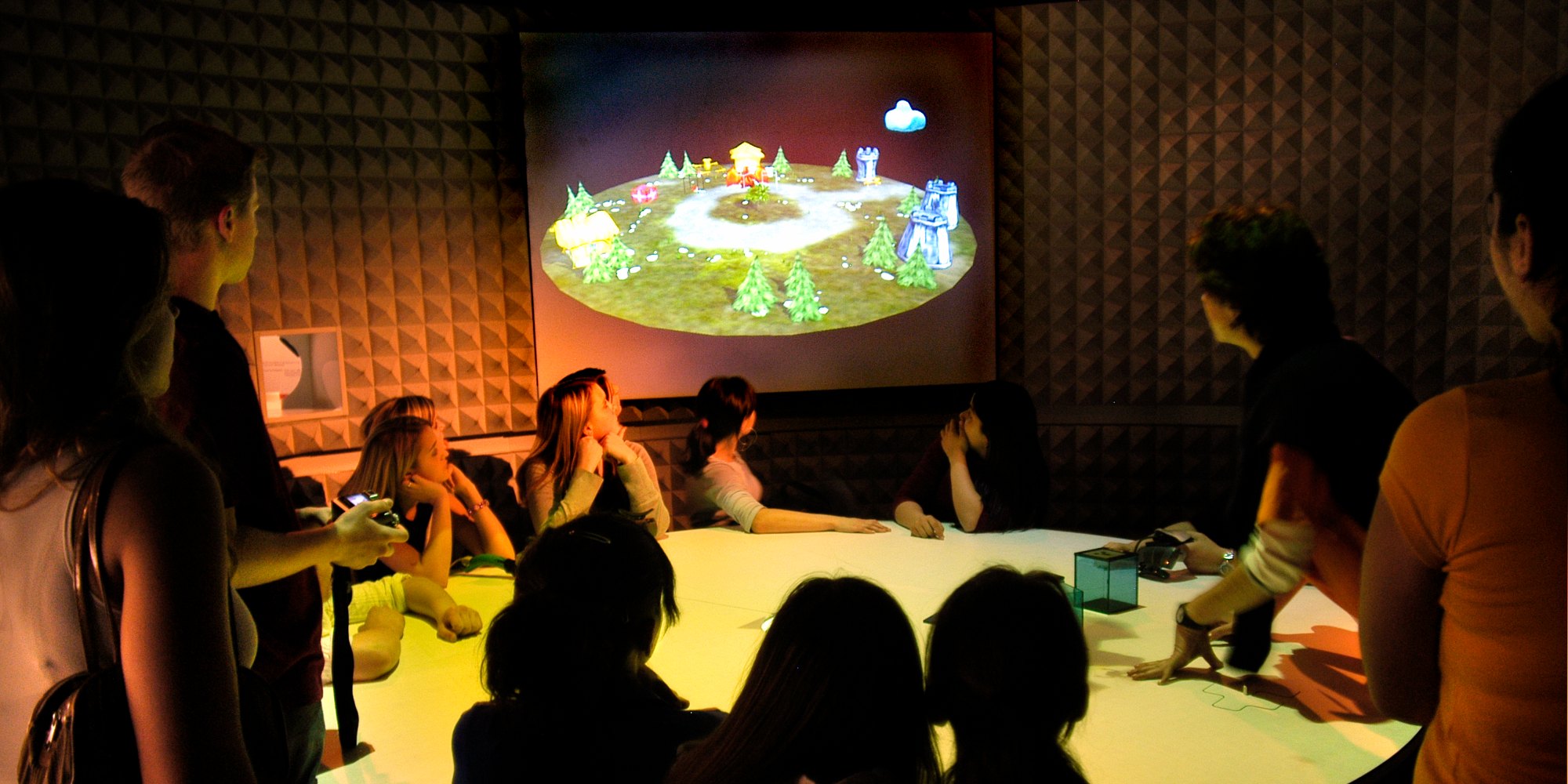
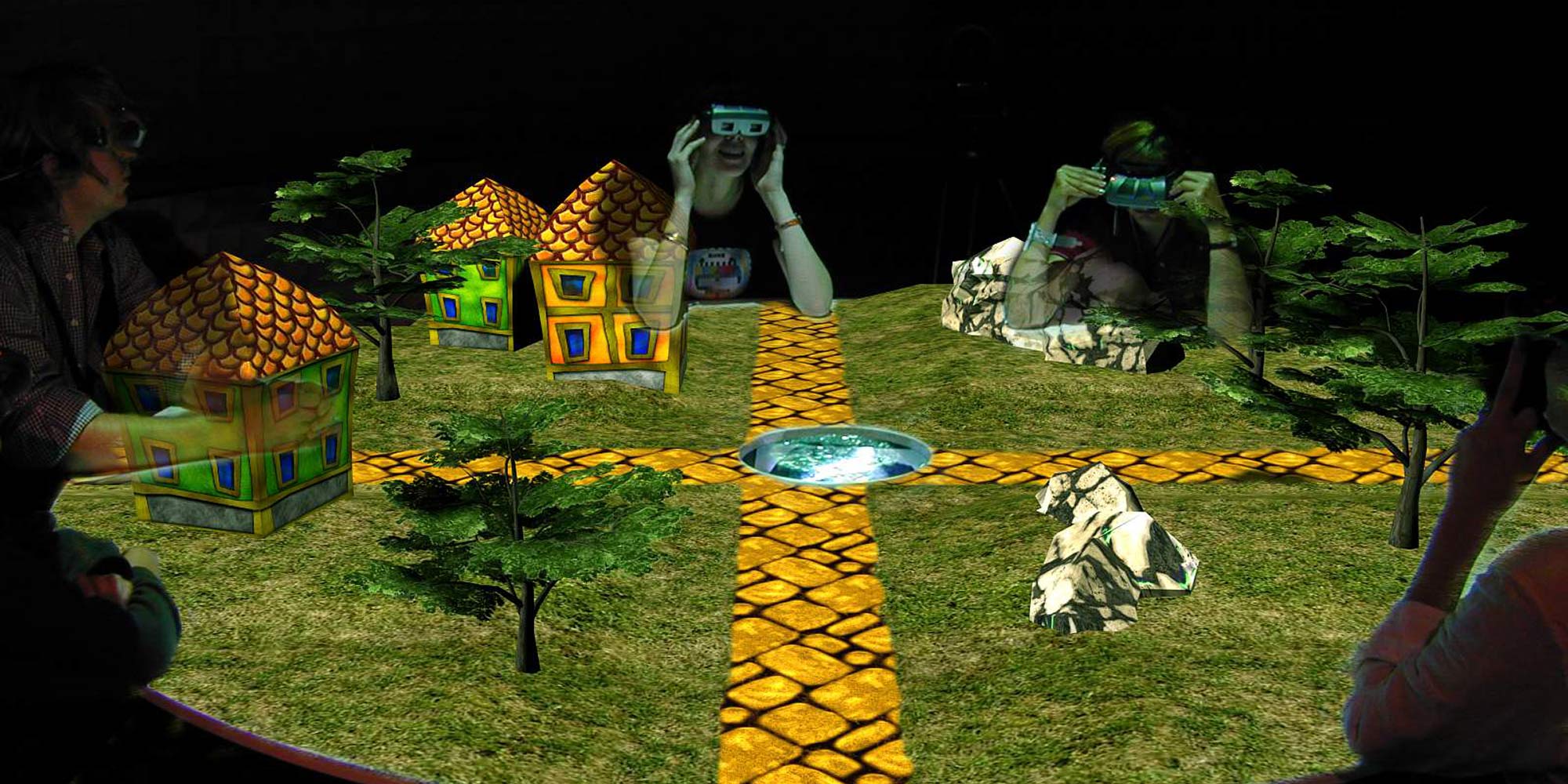
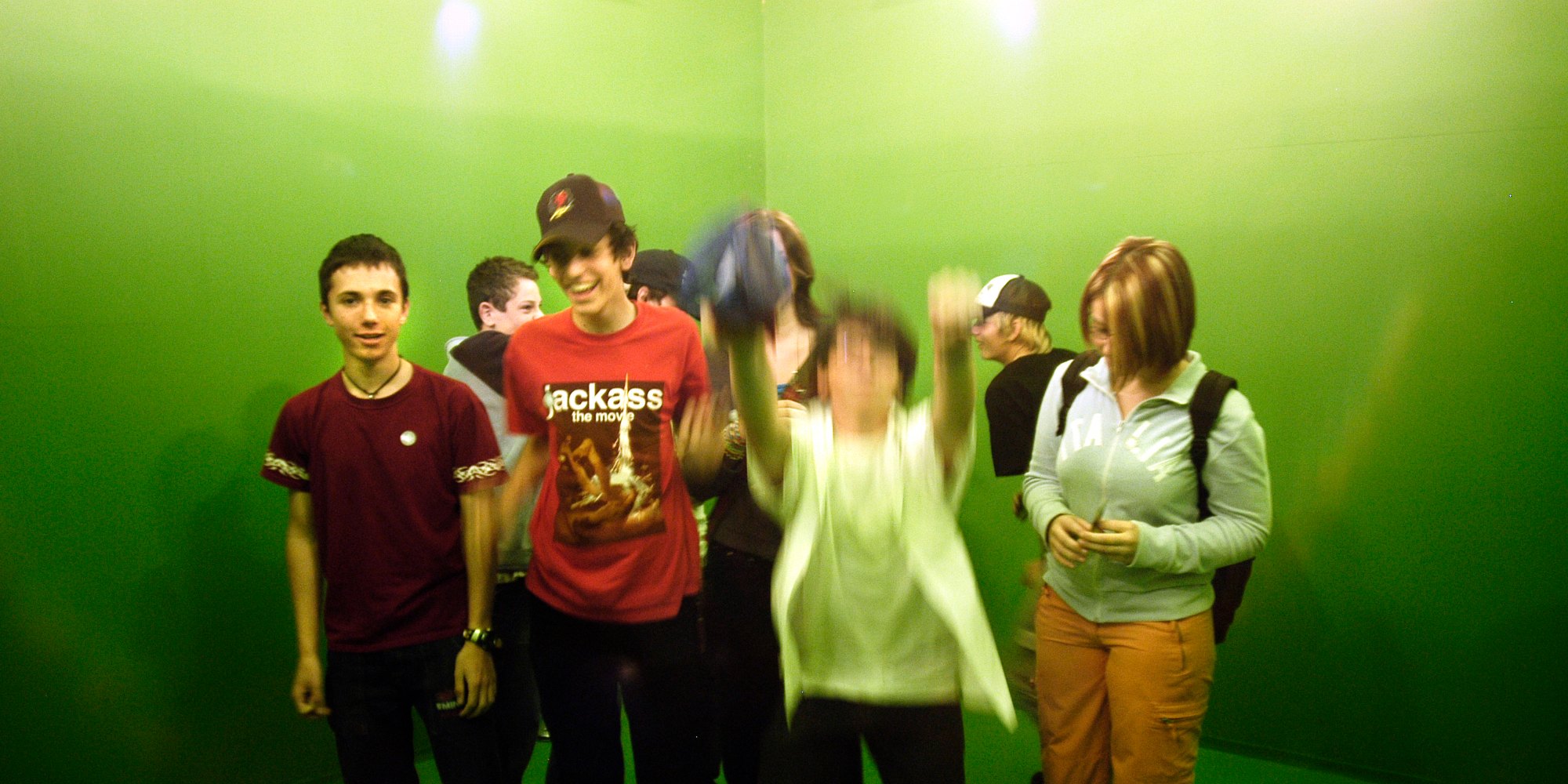
Gulliver’s Box was a result of the Ars Electronica Futurelab’s collaboration with Prof. Adrian Cheok of the National University of Singapore and Prof. Hirokazu Kato of Osaka University. The developments that had been brought together in this installation represented the effort to pursue new approaches to dealing with Mixed Reality content. The challenge at the core of this project was to position an innovative medium somewhere between theater, film and installation. The result was an infrastructure that offered artists new opportunities to convey audiovisual information, and one that ought to encourage creatives in every discipline to work with these new approaches. Seen from this perspective, the platform that had been created in this way generated an experimental laboratory situation for a broad spectrum of forms of artistic expression. With it, performances by dancers, singers or actors can be recorded, transferred to avatars, and enhanced with any kind of computer animation. The application which was on display in the Ars Electronica Center in 2003 provided visitors with the opportunity to customize recordings of their own actions and subsequently to undertake a very special process of self-reflection. Parts of the installation were reminiscent of elements of theater. There was a stage with a set, actors and a frame story. The scene consisted of animated characters, pre-produced recordings and recordings of the visitors, who appeared on the stage, in this case a table, by means of head-mounted displays. By inserting a cube over a virtual object that was displayed, it was possible to pick it up, move it and put it down, copy it or delete it. Switching between the individual functionalities was done by simply shaking the cube.

Mixed Reality refers to environments or systems that mix the natural perception of the user with an artificial (computer-generated) perception.
In our Throwback series, we take a look back at past events, exhibitions, installations and other exciting happenings from the Ars Electronica universe since 1979.